Hillside options?
WendyB 5A/MA
14 years ago
Related Stories

ARCHITECTUREHow to Artfully Build a House on a Hillside
Let your site's slope inspire your home's design, rather than fight it
Full Story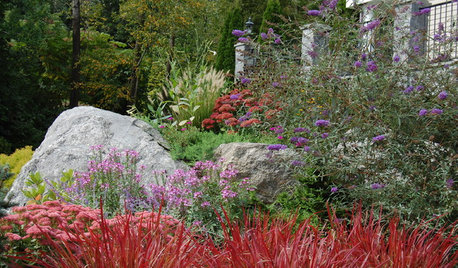
LANDSCAPE DESIGNHow to Design a Great Garden on a Sloped Lot
Get a designer's tips for turning a hillside yard into the beautiful garden you’ve been dreaming of
Full Story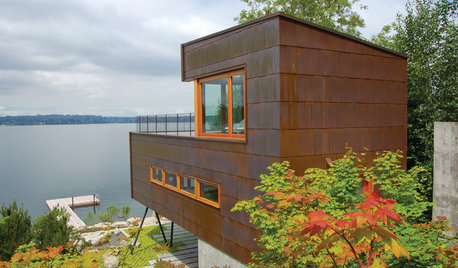
GUESTHOUSESHouzz Tour: A Lakeside Guesthouse Rises to the Challenge
To keep flat ground for entertaining, the architects of this Mercer Island cabin on a hillside looked upward
Full Story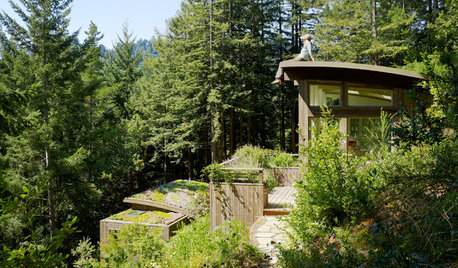
HOUZZ TOURSHouzz Tour: Cabin Studios in the Landscape
Nature inspires hillside studios for artistic homeowners in Northern California
Full Story
LANDSCAPE DESIGNIs It Time to Consider Fake Grass?
With more realistic-looking options than ever, synthetic turf can be a boon. Find the benefits and an installation how-to here
Full Story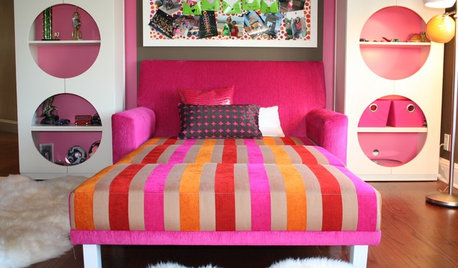
SMALL SPACESDownsizing Help: Where to Put Your Overnight Guests
Lack of space needn’t mean lack of visitors, thanks to sleep sofas, trundle beds and imaginative sleeping options
Full Story
GARDENING GUIDESYes, You Can Grow an Edible Garden on a Hot, Dry Site
Difficult garden spots don’t need to deter you from planting trees, herbs and other delicious food plants
Full Story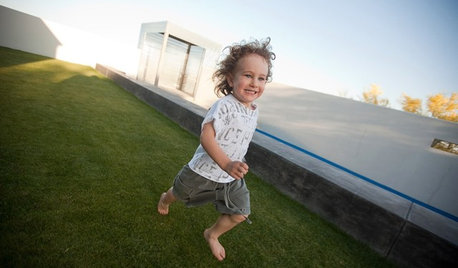
GARDENING AND LANDSCAPINGA Contemporary Terraced Playspace Celebrates Imagination
No plastic behemoths for this desert home. Three minimalist outdoor play areas let kids and grown-ups devise their own fun
Full Story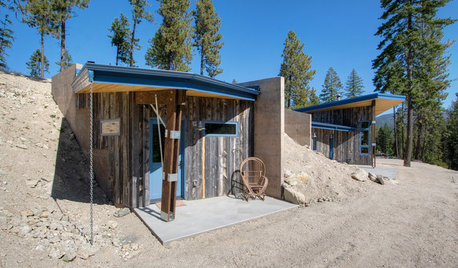
HOUZZ TOURSHouzz Tour: Having Fun With a Half-Buried House
Layers of dirt help create energy efficiency and an unusual look on a steep slope in Washington state
Full Story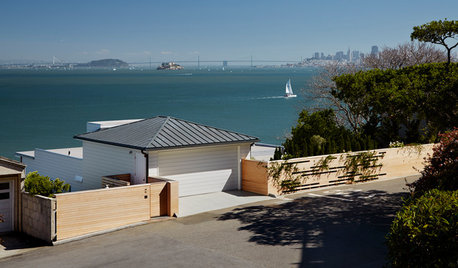
INSPIRING GARDENSAn Award-Winning Landscape Embraces Bay Views
Once overgrown and lackluster, these California garden areas now thoughtfully enhance the incredible view
Full Story





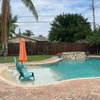
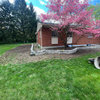


bahia
still_lynnski
Related Professionals
Port Royal Landscape Architects & Landscape Designers · Cockeysville Landscape Contractors · Ellicott City Landscape Contractors · Munster Landscape Contractors · Olympia Landscape Contractors · Rosemount Landscape Contractors · Suitland Landscape Contractors · Boynton Beach Decks, Patios & Outdoor Enclosures · Crystal Lake Decks, Patios & Outdoor Enclosures · Glasgow Decks, Patios & Outdoor Enclosures · Prescott Decks, Patios & Outdoor Enclosures · Riverside Decks, Patios & Outdoor Enclosures · Saint Louis Park Decks, Patios & Outdoor Enclosures · Tooele Decks, Patios & Outdoor Enclosures · Norco Stone, Pavers & Concreterhodium
bahia
WendyB 5A/MAOriginal Author
brainlessgardener